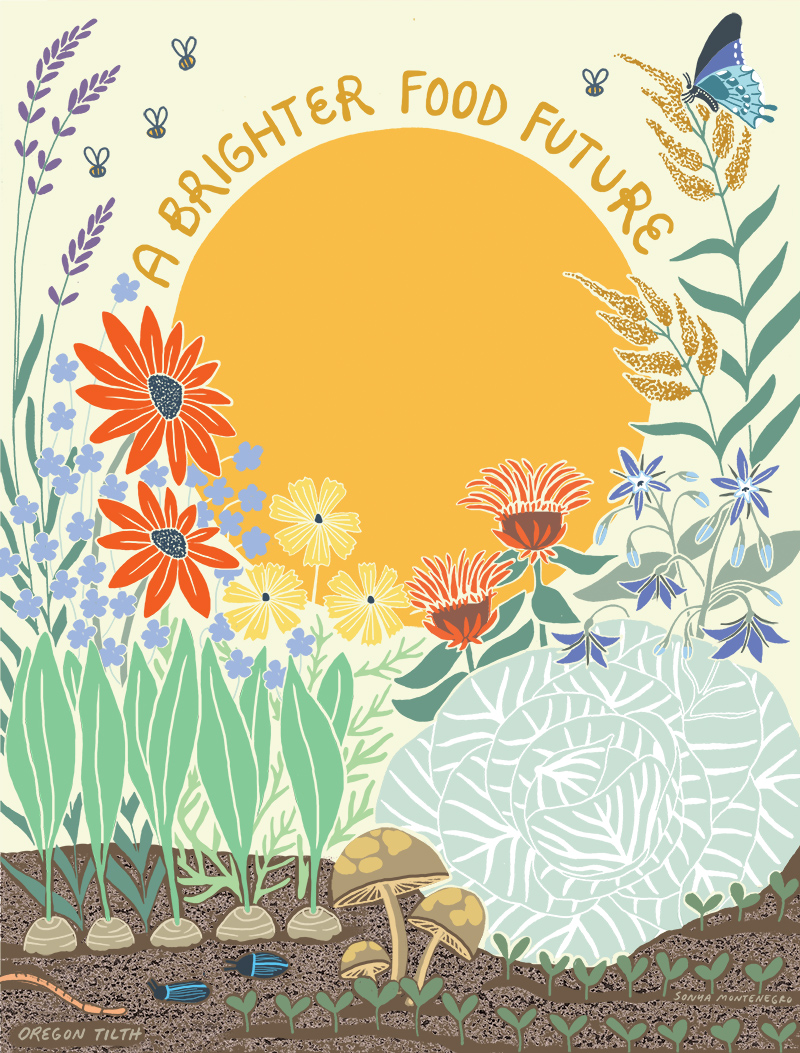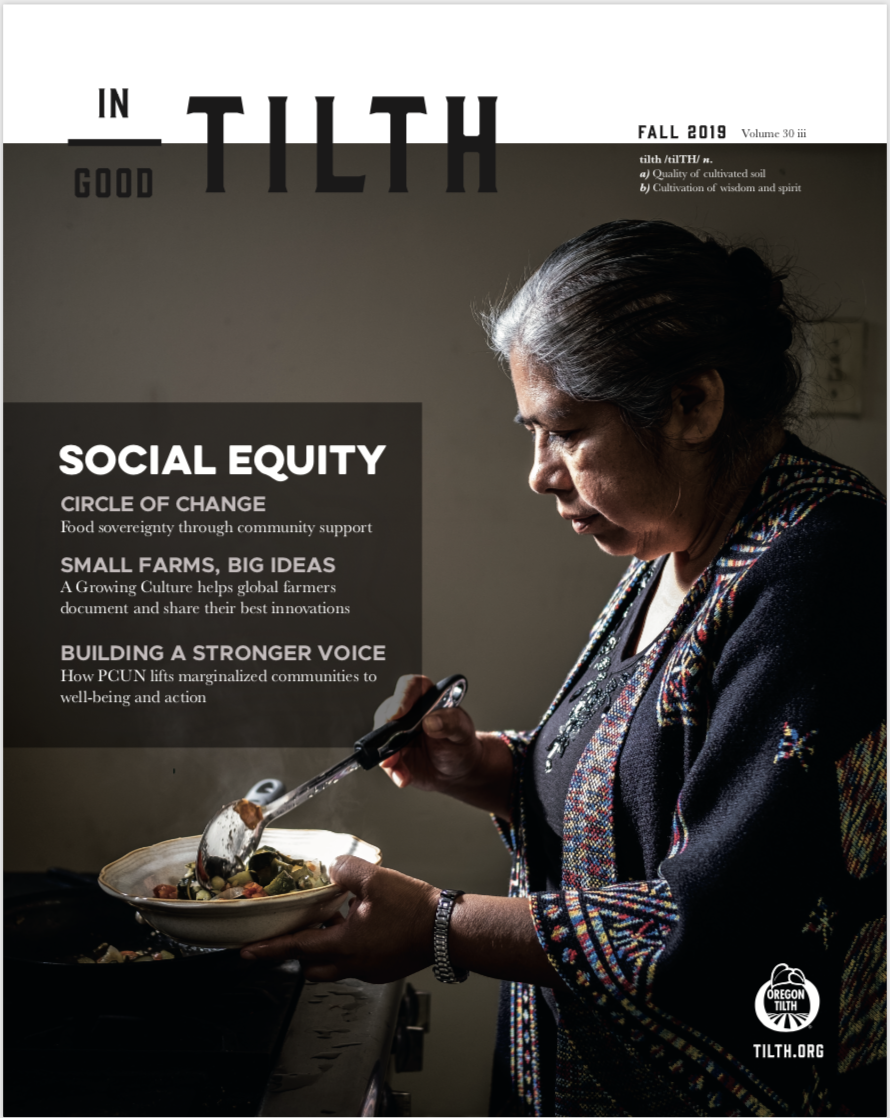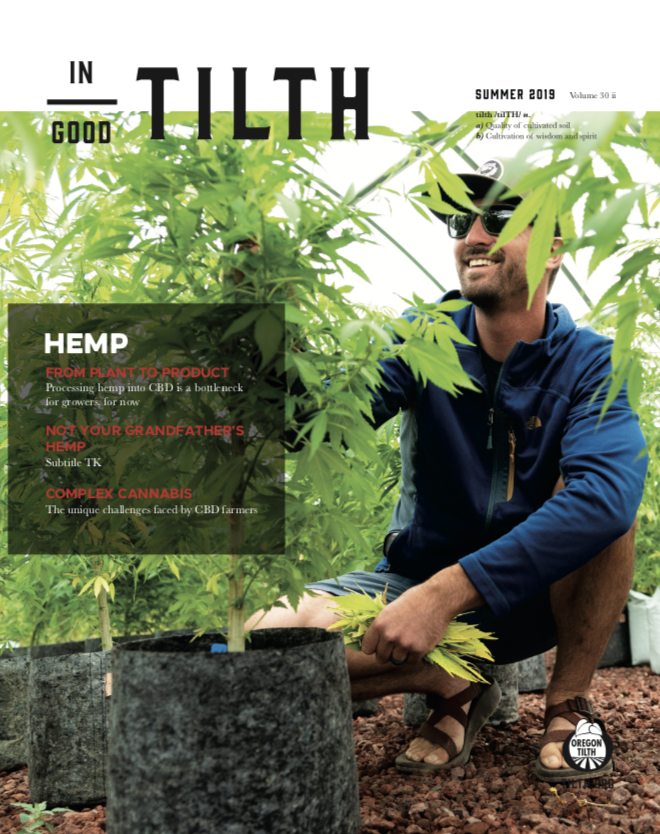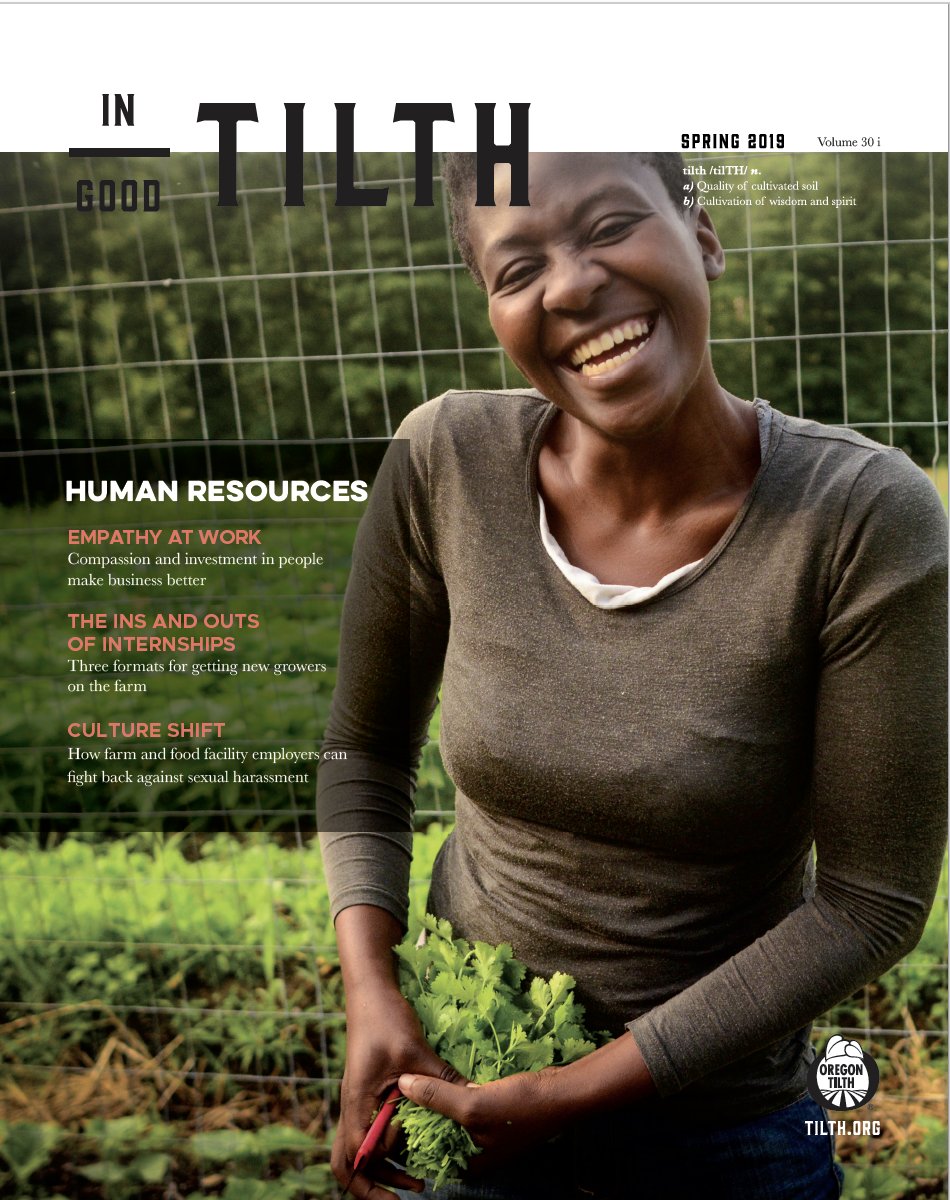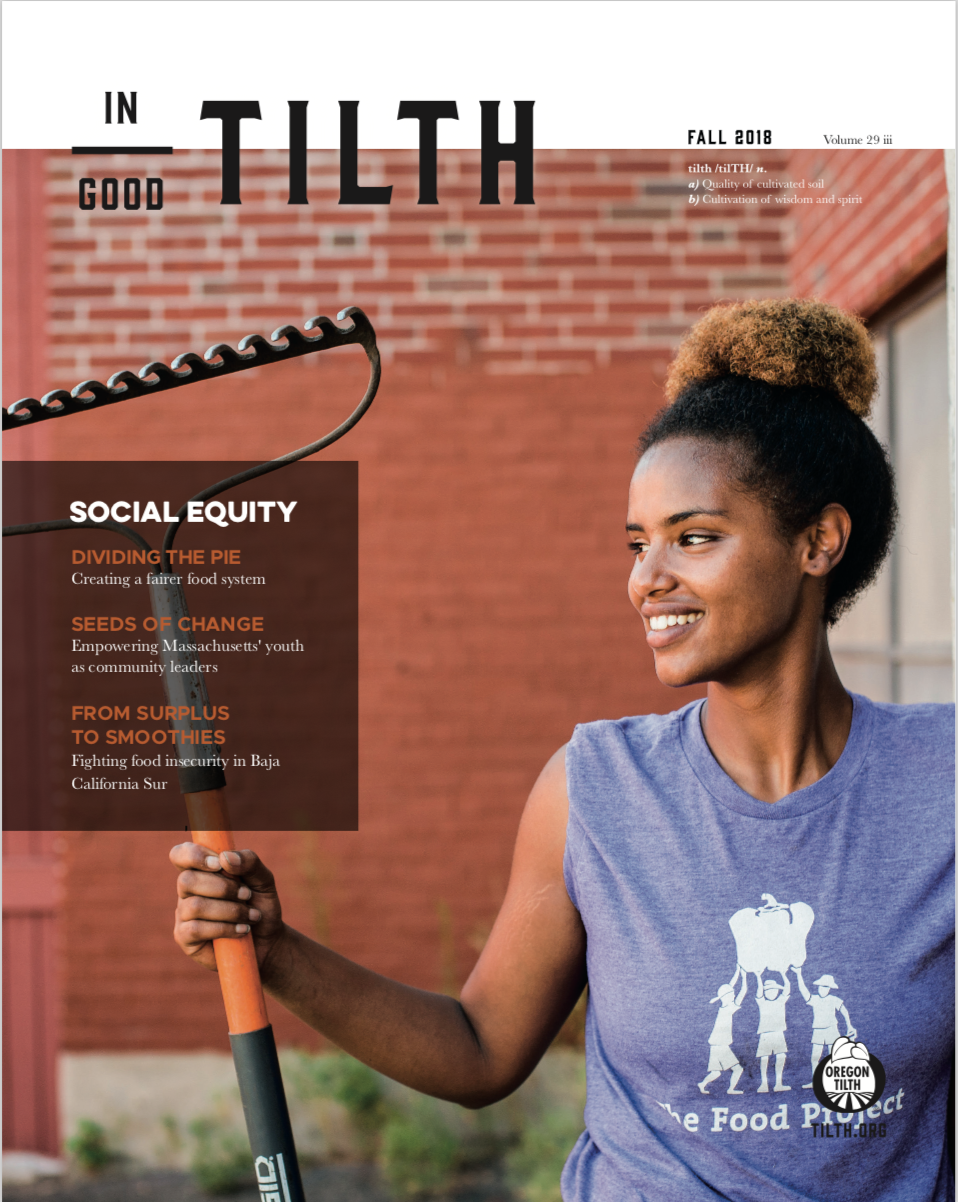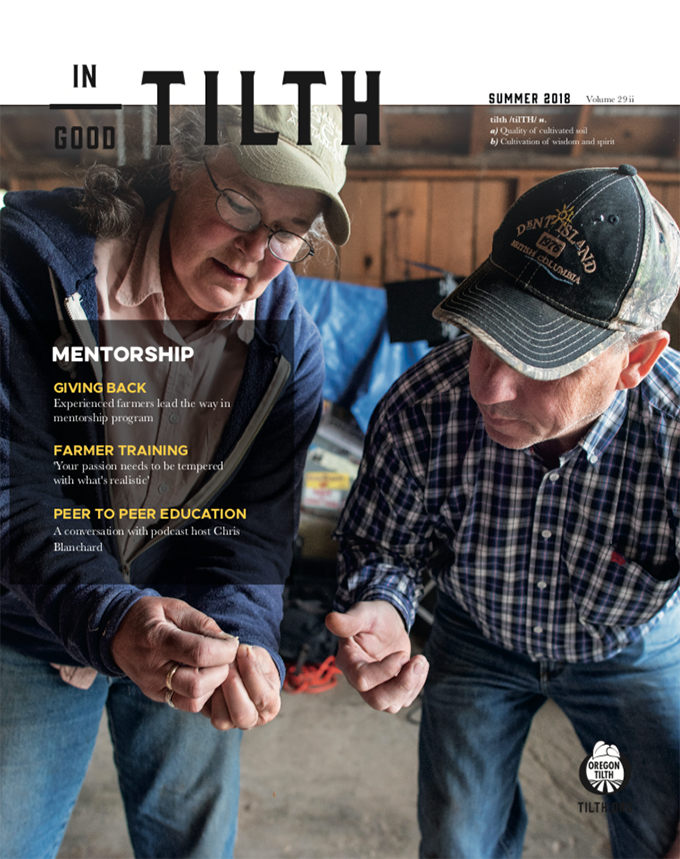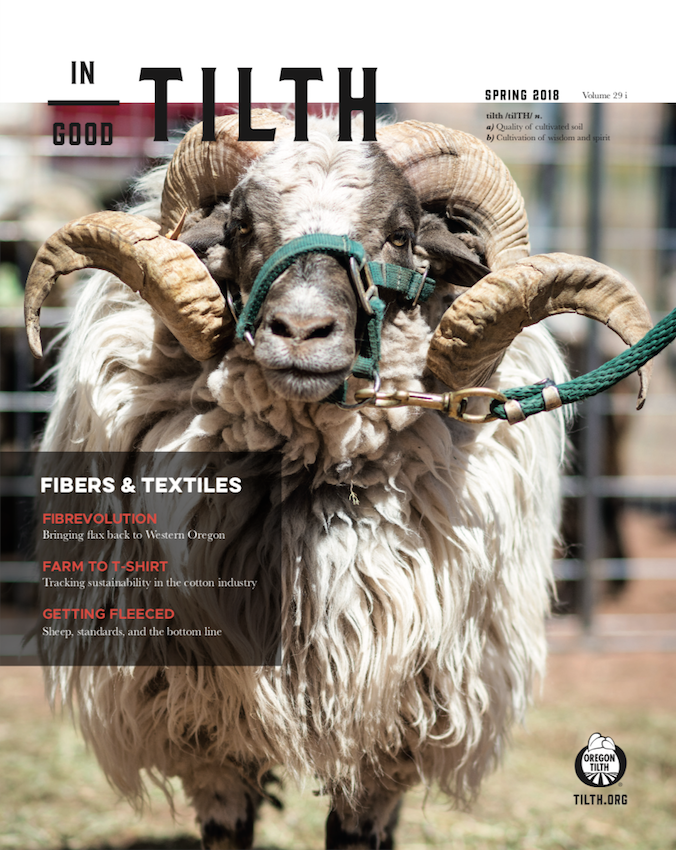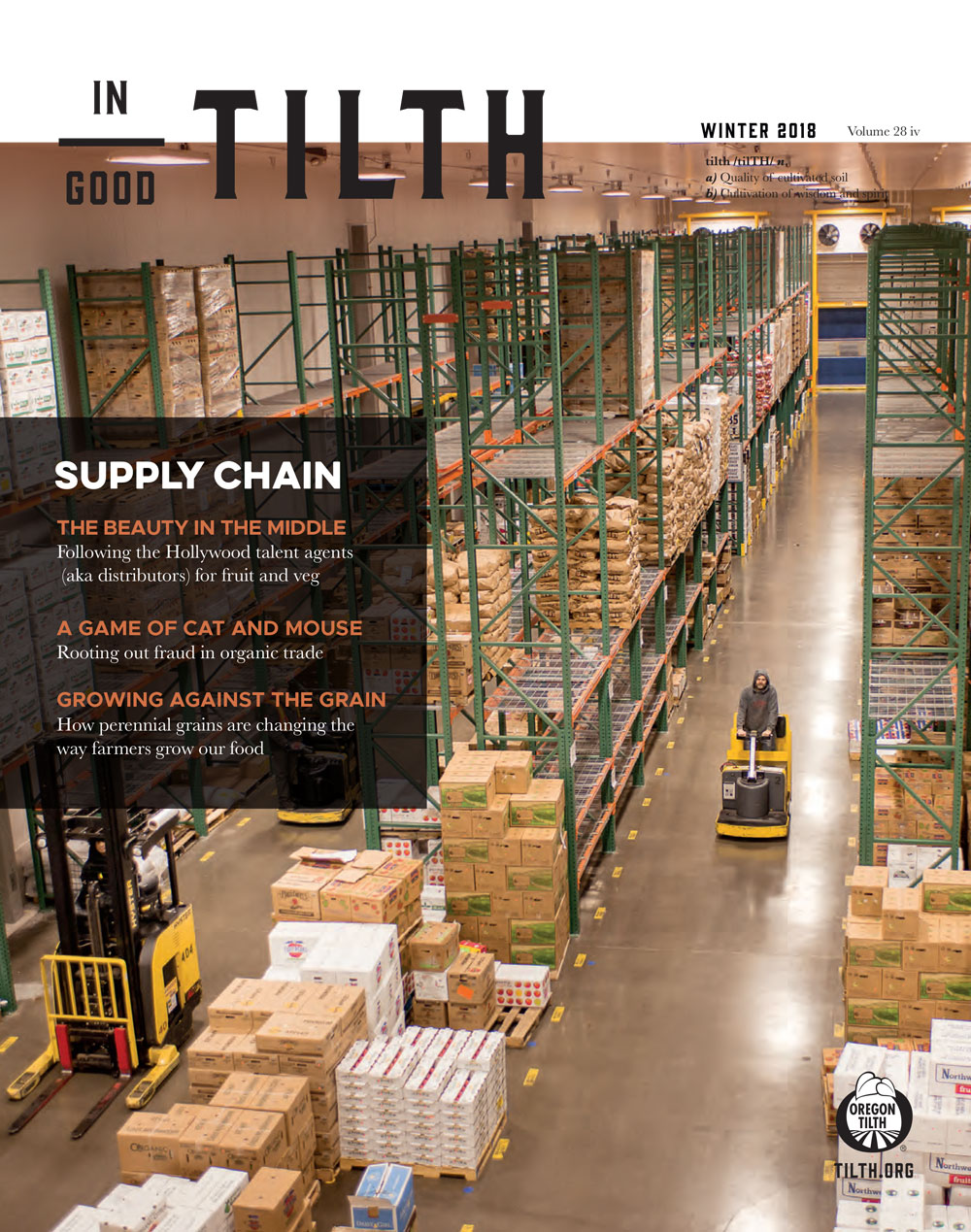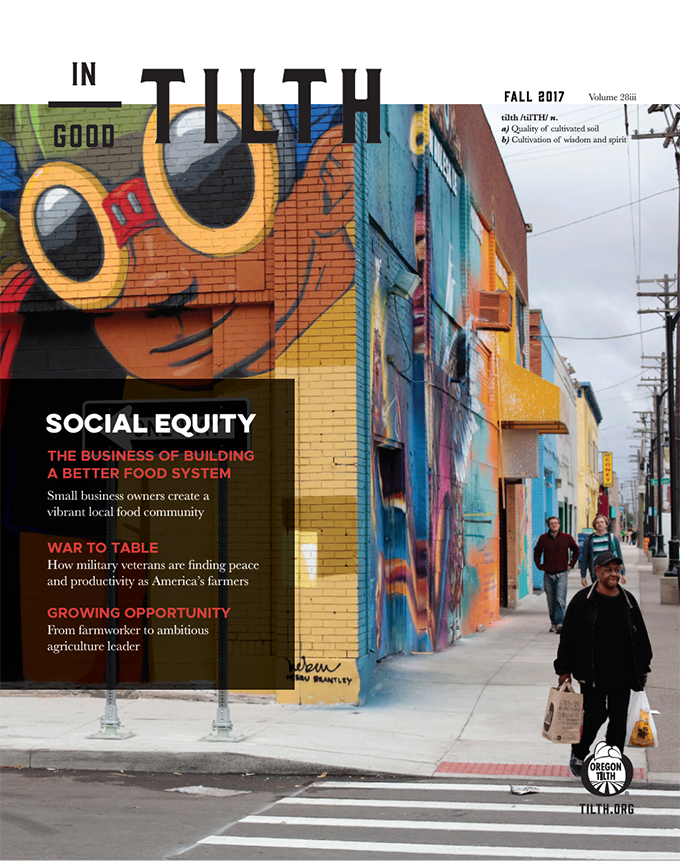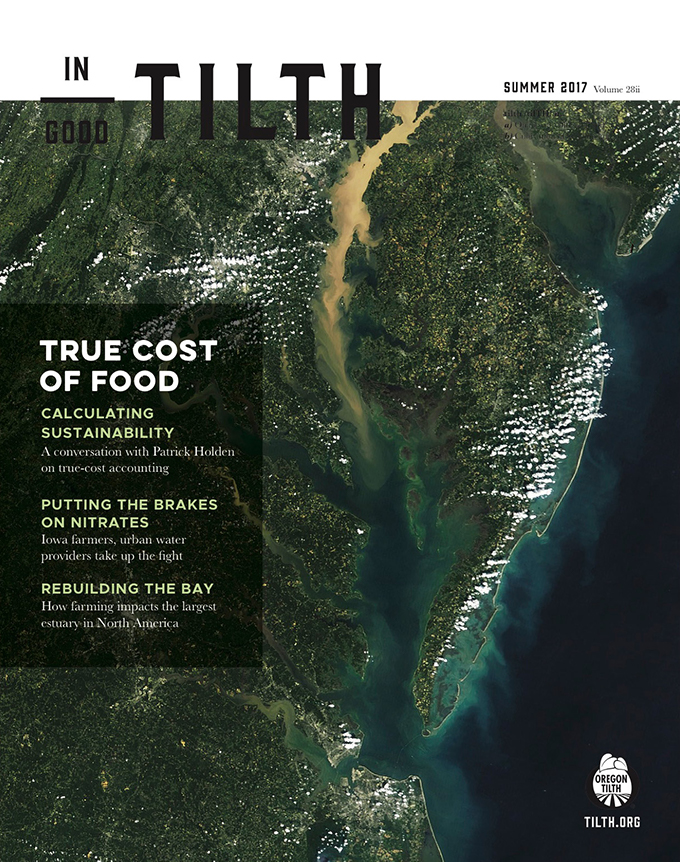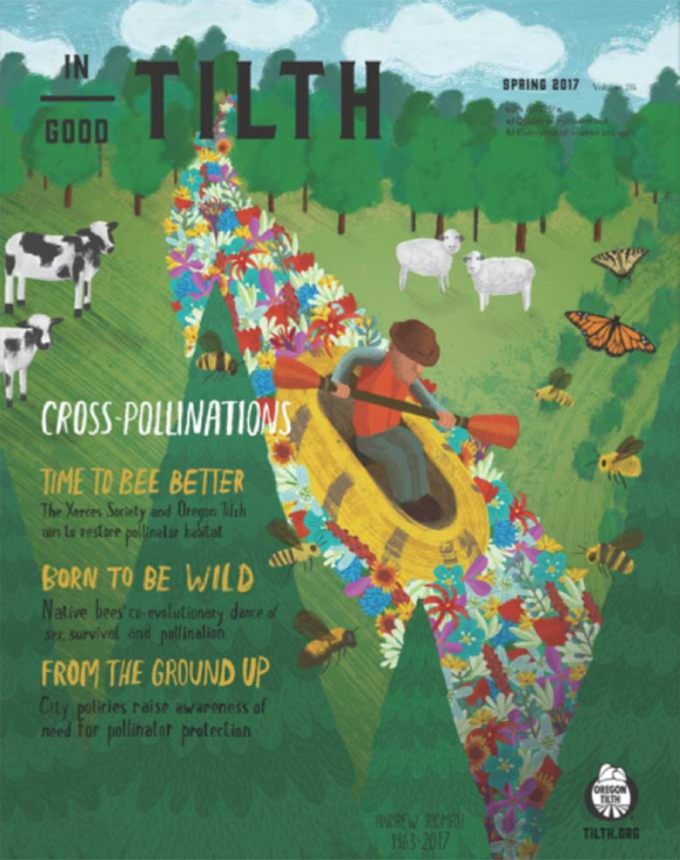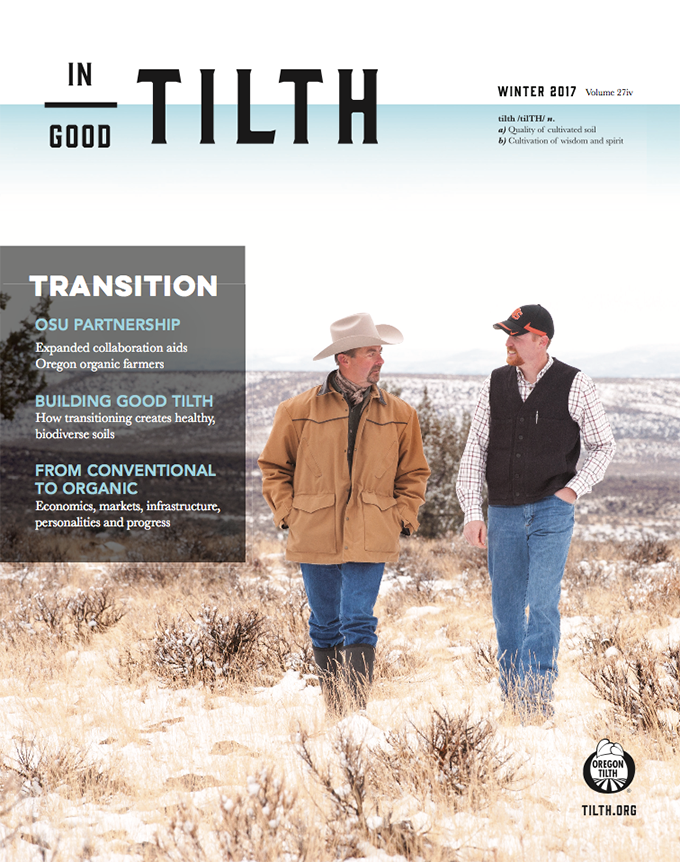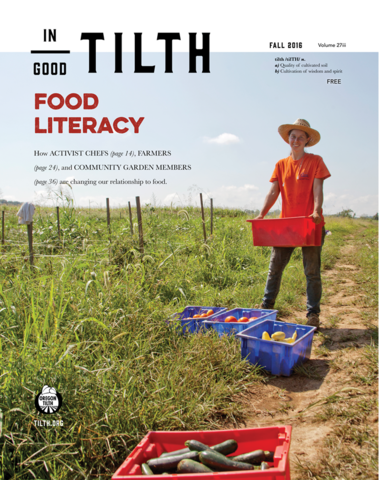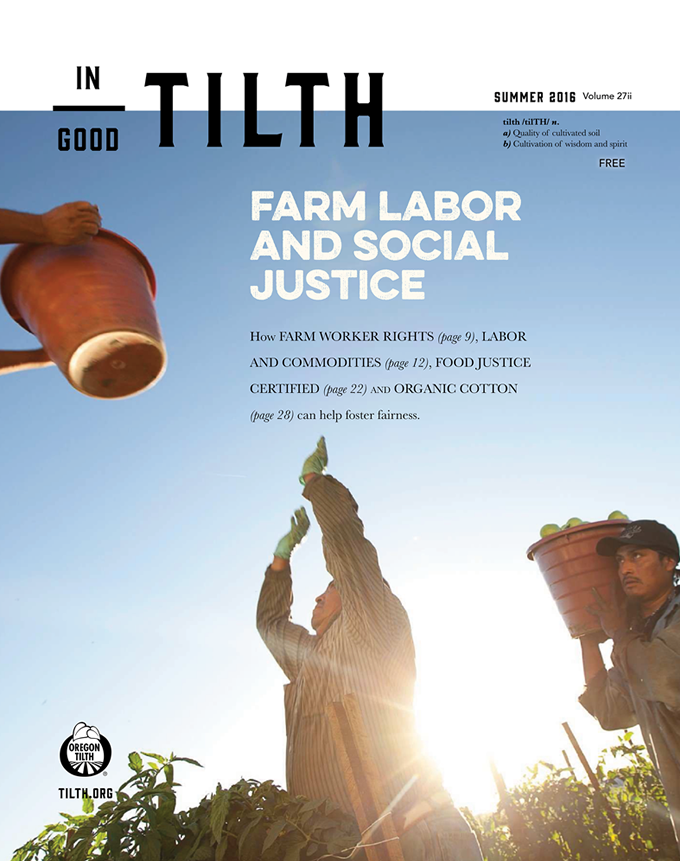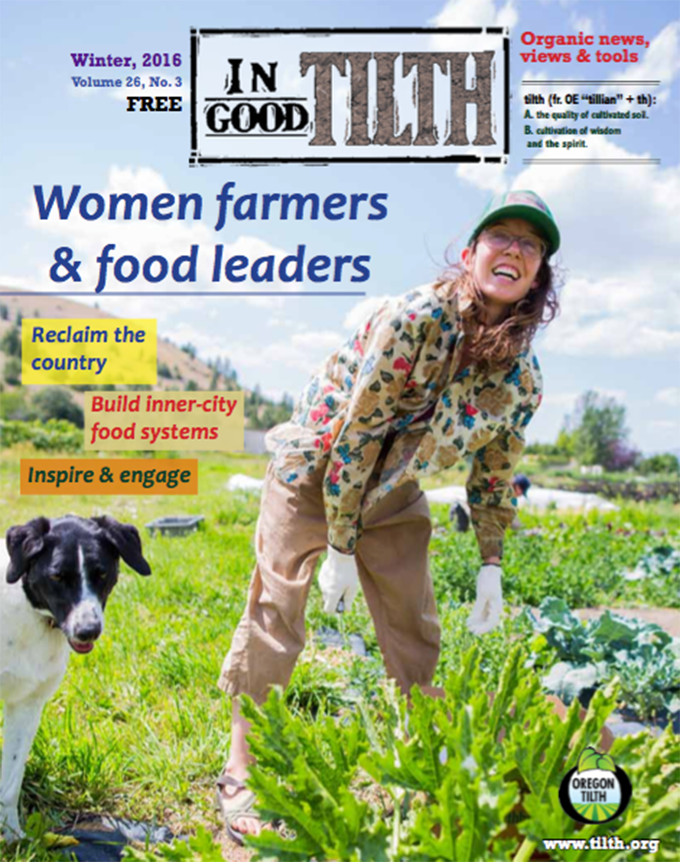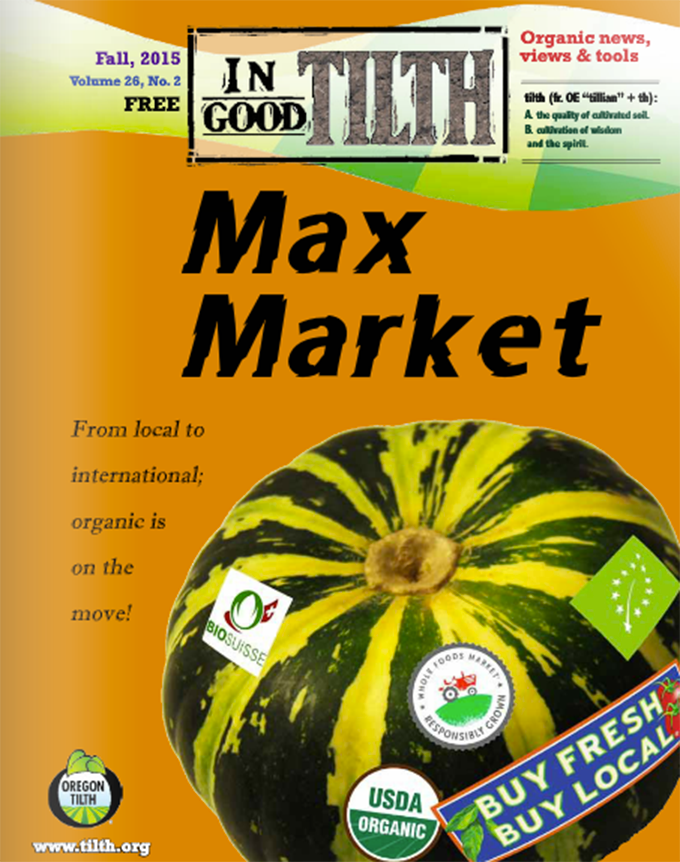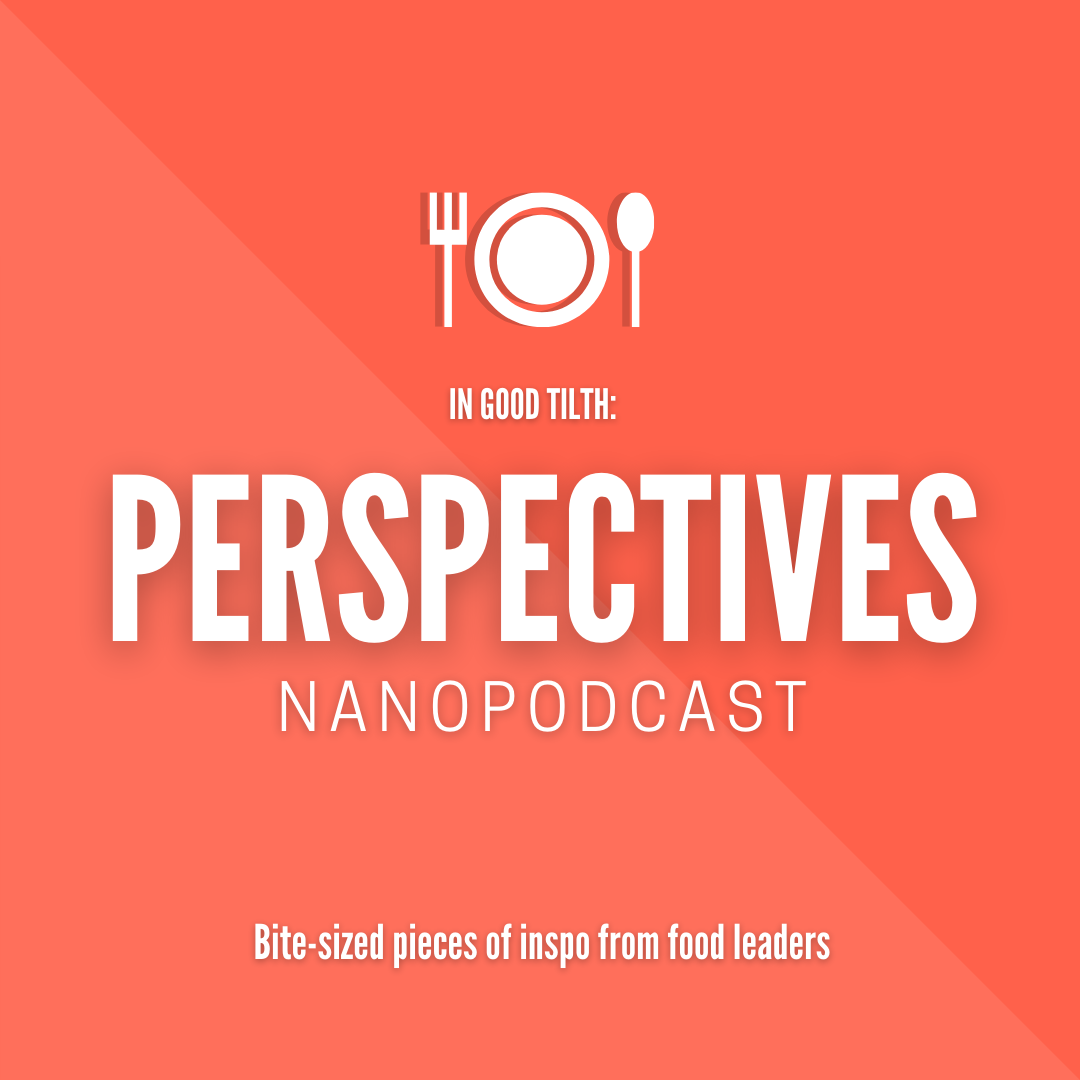The world is full of changemakers. And you might be one too.
Meet Kelsey Ducheneaux, a fourth-generation rancher at the DX Ranch on the Cheyenne River Sioux Reservation in South Dakota. Along with running a regenerative direct-to-consumer beef outfit and agritourism at the ranch, she leads the nonprofit Project H3LP! where she teaches youth about the principles of Lifemanship. She also has a day job as the Natural Resources Director and Youth Programs Coordinator for the Intertribal Agriculture Council.
As she told us on the pod, she stays busy year-round. Listen in as Kelsey shares her perspective on using lifemanship as a leadership model, climate resilience, and building resilient food landscapes.
Subscribe to Perspectives on Apple Podcasts or Spotify for more inspo from food leaders.
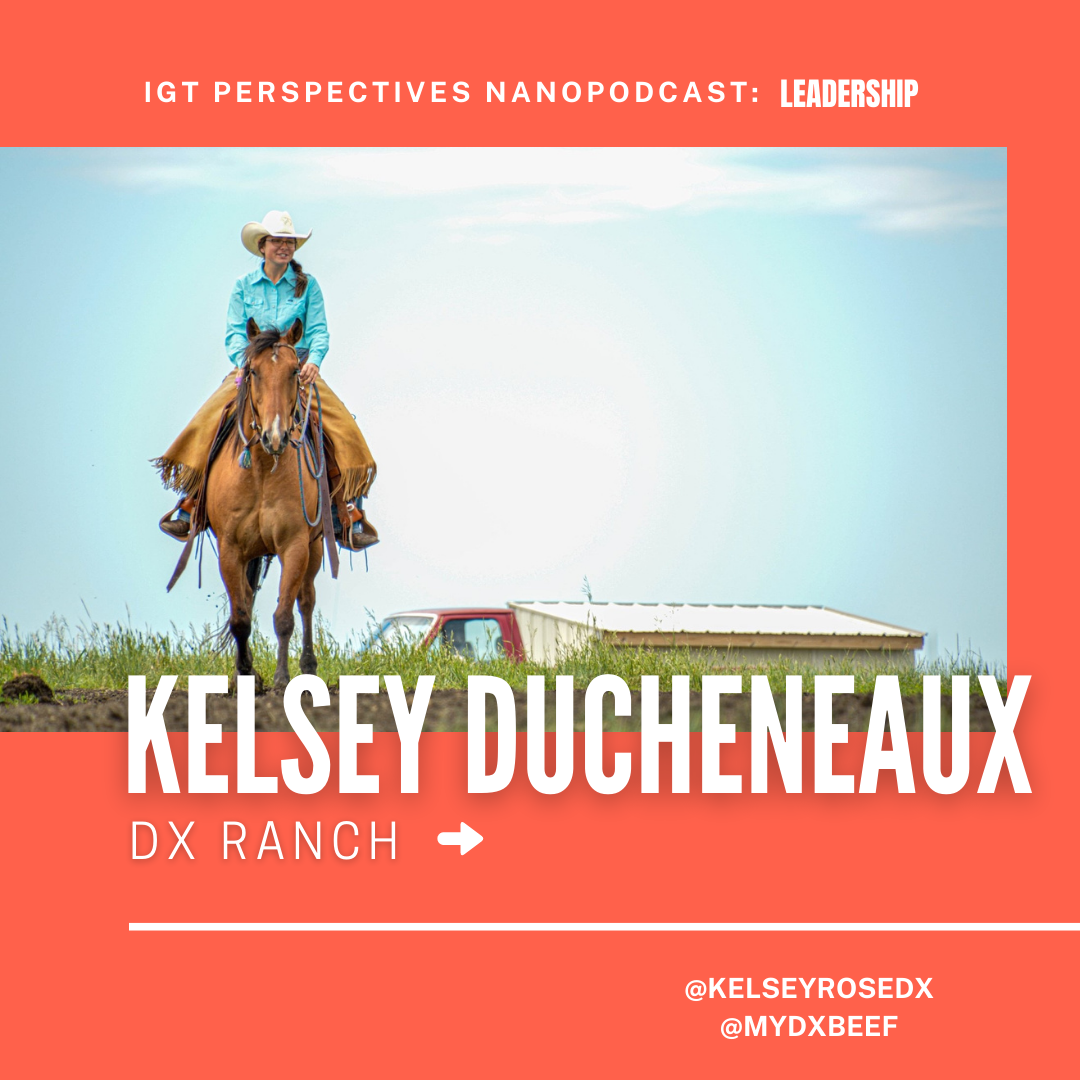
Alyssa Martinez Neumann (00:03):
The world is filled with changemakers, and you might be one too.
Maura Paxton (00:06):
Welcome to the nanopodcast, where we serve up bite-sized pieces of inspo from food leaders. We’re your hosts, Maura Paxton.
Alyssa Martinez Neumann (00:14):
And Alyssa Martinez Neumann. You’re listening to Perspectives.
Maura Paxton (00:31):
Today. We talk with Kelsey Ducheneaux.
Kelsey Ducheneaux (00:35):
So my name is Kelsey Ducheneaux. I am a fourth-generation rancher here in South Dakota on a regenerative beef ranching outfit. We are a cow-calf operation on the Cheyenne River Sioux Indian Reservation, where I’m an enrolled member. We have a direct-to-consumer, DX Beef, LLC is where we’re able to connect consumers with their locally raised grass-fed beef.
Maura Paxton (01:06):
As usual, our guest shared their expertise and in a snackable five minutes or less. Kelsey talks about the nonprofit she runs and how the principles of horsemanship are integral to her leadership model.
Kelsey Ducheneaux (01:17):
I was raised by my parents through what I’ve learned was actually the lens of horsemanship and our nonprofit actually focuses on the concept of life mentorship. So we think that there is a particular method to how you go about carrying yourself and the values and the characteristics that you really focus your energy on exercising in the world, and that those life mentorship skills help to really guide and direct the energies that surround you in a productive manner.
So our three key focus areas that we talk about when we discuss mentorship are awareness, presentation, and empathy. And we have several mantras, or philosophies, that we bottle up in amongst the discussion of life mentorship, like make the right thing easy and the wrong thing, hard or reward the slightest try. And, these are principles and in my opinion, commitments to our lifestyle that we have stolen or borrowed from our good friends, more or less our idols in the horsemanship industry, Ray Hunt, Tom Dorrance, there’s some components to the way that we carry ourselves here on the ranch that we borrowed from our friends, Curt Pate, Buck Brannaman, and Tammy Pate, wonderful horseman out there, and women that have realized that your relationship with livestock or horses is not just how you should interact with those beings. It actually translates directly to a better way to interact with one another and with all of the resources that exists here. When I think about the philosophies that I carry into the workplace, I realized that exactly how I was raised, fortunately for me, is how I’ve been able to navigate life and how I have been able to kind of invest time and focus into those empathy, awareness, and presentation. And I feel like it’s made me a better colleague, a better business owner and just a better community member as a whole.
Really what I think is the highlight of all the work that we get to do here on the operation is our nonprofit work, where we bring local youth out to the ranch. I always explain it as bringing tribal youth out to the ranch and helping them to see that they don’t just live in the middle of nowhere. They live in a vast sea of natural resources that has limitless potential and exponential opportunity for them as a land steward and as a partial interest owner in this landscape, this is their land. And we get to be here as range unit lease holders, helping to care for and improve and positively influence the land for their benefit. And they’re always welcome any time.
We’ve had several youth that have come through our Project H3LP! — kind of like our experiential learning days that we have —and they’ve decided to come back and be interns with us. And they’re all doing phenomenal things in their community. And I feel like their involvement with our non-profit internship program has really taught them to carry forward those life mentorship characteristics in their life and in their community and in their family. Seeing their passion ignite over a two to three days STEM camp that we’ll host here, and watching them learn about all of the Indigenous foods that exist on the landscape, that they can go and harvest and eat right from the land, there’s just so much excitement that we get to help provide a platform for in creating here on our ranch. And that’s really where a lot of perspective kind of, I feel shifts or become more informed. And we’re just really appreciative of the chance to be able to support that.
Maura Paxton (05:42):
Just to recap, remember this key takeaway from Kelsey’s thoughts on leadership, focus your energy on practicing life mentorship or awareness, presentation, and empathy.
Don’t forget to check out the rest of Kelsey’s episodes and subscribe. Be sure to follow us on Instagram at Oregon Tilth for even more inspo from food leaders.
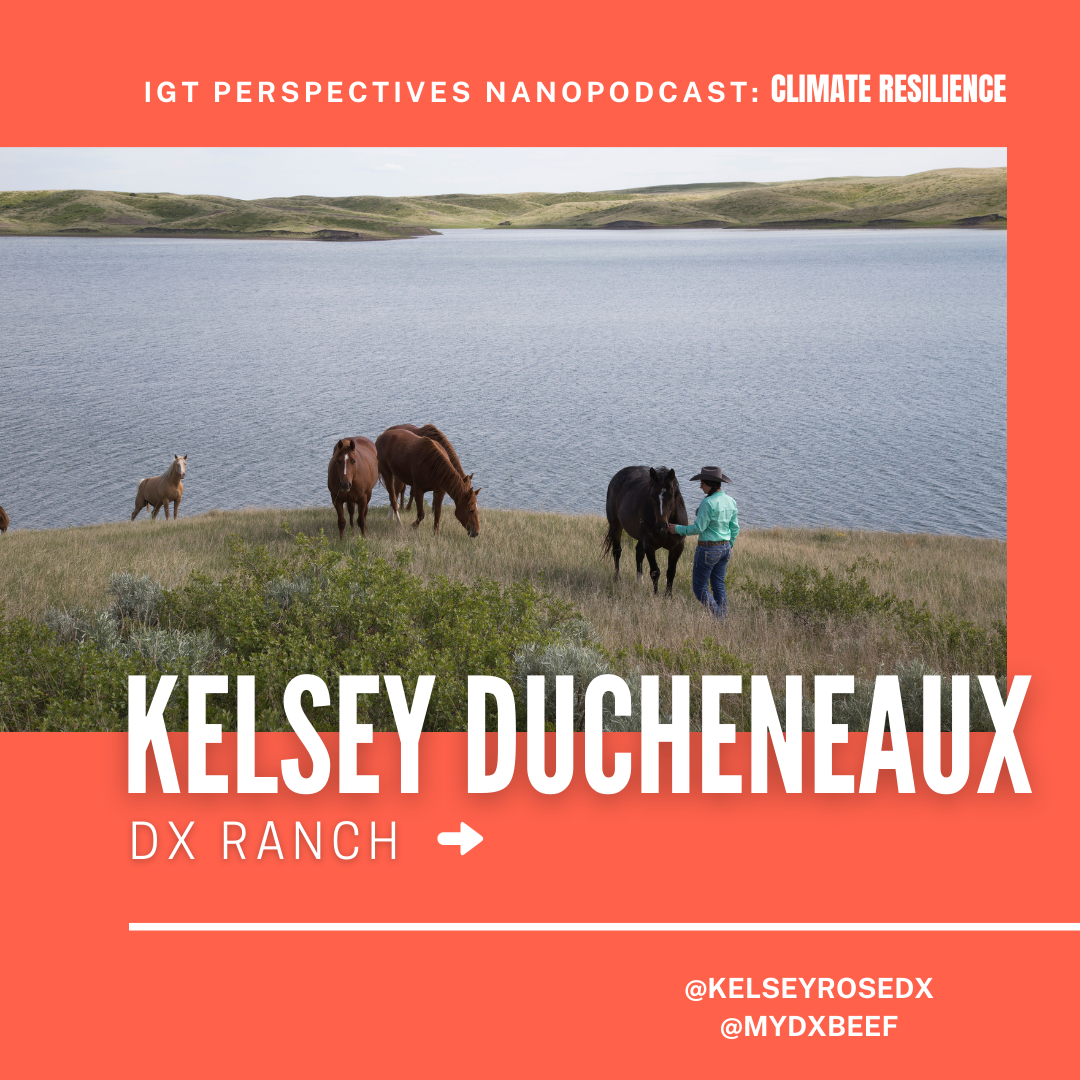
Alyssa Martinez Neumann (00:03):
The world is filled with changemakers, and you might be one too.
Maura Paxton (00:06):
Welcome to the nanopodcast, where we serve up bite-sized pieces of inspo from food leaders. We’re your hosts, Maura Paxton.
Alyssa Martinez Neumann (00:14):
And Alyssa Martinez Neumann. You’re listening to Perspectives.
Maura Paxton (00:31):
Today we talk with Kelsey Ducheneaux.
Kelsey Ducheneaux (00:34):
So my name is Kelsey Ducheneaux. I am a fourth generation rancher here in South Dakota on a regenerative beef ranching outfit. We are a cow-calf operation on the Cheyenne River Sioux Indian Reservation, where I’m an enrolled member. We have a direct-to-consumer, DX Beef LLC is where we’re able to connect consumers with their locally raised, grass-fed beef.
Maura Paxton (01:05):
As usual, our guest shared their expertise in a snackable five minutes or less. Kelsey talks about how she builds climate resilience into her ranch and her hopes for inspiring change both with consumers through agritourism and by setting an example for other businesses.
Kelsey Ducheneaux (01:21):
Every single aspect of our ranching operation, and our management, and practice decisions are made with that holistic mindset that really mimics and revitalizes the Indigenous stewardship that has always existed on this continent. Fortunately for us, my own grandfather and great-grandfather, they really thought about this ranching business in terms of how do we exist in harmony with Mother Nature because she’s bigger and stronger than us all. She’s going to outlive us all. There’s no point in fighting with her nonstop. Let’s just figure out how to live with her in harmony. If we do that to a great enough extent, you’d be surprised that she actually helps you in your goals and deliverables.
I’m really working on redefining my introduction to making sure that I explain that I’m a rancher of a regenerative beef operation because I think that starting that conversation right at the get-go with people in making sure that everybody appreciates that when we make our management decisions here on the ranch, we’re doing them in a manner that contributes to enhancing the resources that we’re fortunate enough to have access.
We do not want to have any negative impact on the land that is irreversible. We also don’t want to draw down on any particular resource to the point of it not being able to be productive in the following year. We believe in contributing to a resilient ecosystem within which we get to manage, but also sharing our story far and wide so that we can hopefully inspire others to join us in that effort. So really our management principle on the ranch is specific to enhancing and embracing the resiliency that the Great Plains has to offer and adapting our role as land stewards on this piece of what I call paradise, to truly exercise that resiliency to its fullest extent.
I think that long-term, not only does that prepare our resources to better withstand the shift in climate that we’re going to continue to see and how we hopefully start to see things get better, but it’s going to really serve as an oasis.
In the years past, we have seen a significant increase in bird habitat here on our ranch. We started to see some of our migratory birds that are staying here year round on our land. I think that what we’re seeing is that climate is shifting migratory patterns, resources along the way are shifting where birds decide to make home for the winter. We’re just happy to be able to manage in a way that is thoughtful and proactive in mitigating some of the impact that the climate change is having on our species, and that some operations have forgotten to live in harmony with in the decades past.
Part of why we started the ag tourism sector of the ranch is as a means of generating income and as a way of sharing our piece of paradise with others, but also sharing our story, and hopefully amplifying our story so that other farmers and ranchers don’t have to work as hard in the long term. Hopefully that story will follow all of our guests home. It will help to educate more people farther than our typical reach would. In the long run, that’s really what our goal is here, is to help to make things better for that next generation.
We have a Lakota cultural teaching that’s fairly widespread and talked about, but it’s the seventh generation to come, right? We realize that we’re not caring for this land for our children or our grandchildren, but we’re thinking about our grandchildren’s grandchildren and the generation that we will never personally get to meet. That’s how forward thinking our lifestyles should be in understanding our impact on this land.
We’re not just impacting the land that our kids are going to deal with, but it’s the people that we’ll never, ever get to meet. I feel like in addition to … Our impact teaches us to pay a little bit of respect to the seventh generation behind us. There were sacrifices and decisions that had to be made by our forefathers and foremothers seven generations back. They did it in a mindset where they prayed over us, and they thought about us, and they tried to navigate their life in a way that would be productive for us. It helps you to really appreciate the responsibility that you get to have in being the first of the next seven generations that you’ll get to impact.
Maura Paxton (06:29):
Just to recap, remember this key takeaway from Kelsey’s thoughts on climate resilience. Focus on farming or ranching in a way that contributes to a resilient ecosystem.
Don’t forget to check out the rest of Kelsey’s episodes and subscribe. Be sure to also follow us on Instagram at Oregon Tilth for even more inspo from food leaders.
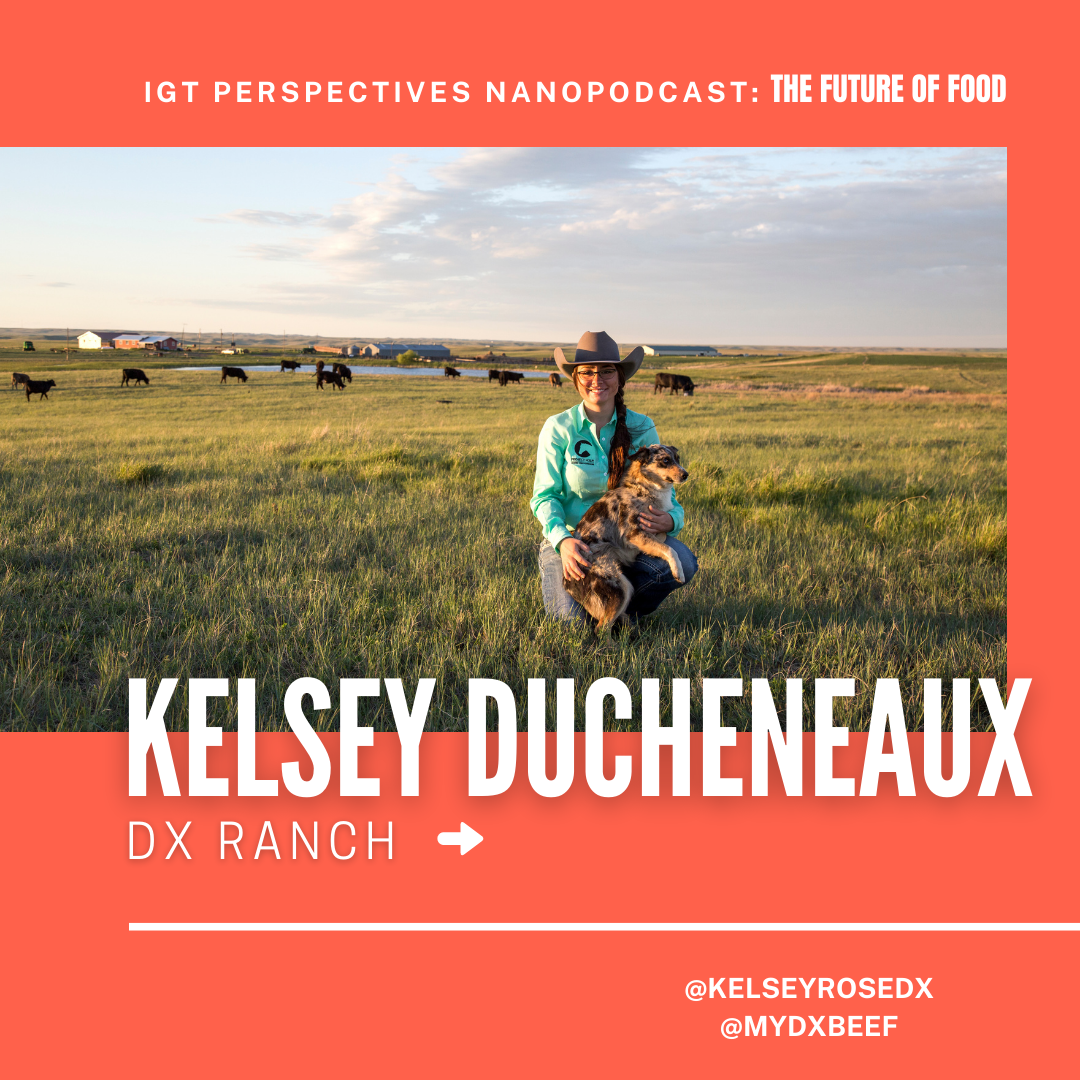
Alyssa Martinez Neumann (00:03):
The world is filled with changemakers, and you might be one too.
Maura Paxton (00:06):
Welcome to the nanopodcast, where we serve up bite-sized pieces of inspo from food leaders. We’re your hosts, Maura Paxton.
Alyssa Martinez Neumann (00:14):
And Alyssa Martinez Neumann. You’re listening to Perspectives.
Maura Paxton (00:18):
Today we talk with Kelsey Ducheneaux.
Kelsey Ducheneaux (00:34):
So my name is Kelsey Ducheneaux. I am a fourth generation rancher here in South Dakota on a regenerative beef ranching outfit. We are a cow-calf operation on the Cheyenne River Sioux Indian Reservation, where I’m an enrolled member. We have a direct-to-consumer, DX Beef LLC is where we’re able to connect consumers with their locally raised, grass-fed beef.
Maura Paxton (01:05):
As usual, our guests shared their expertise in a snackable five minutes or less. Kelsey shares her hopes about the future of our food system as we emerge from the current COVID-19 crisis.
Kelsey Ducheneaux (01:17):
It’s really, really easy to become overwhelmed by the trauma that is existing out there in the world right now as a result of corona virus and all of the other circumstances that are plaguing our country. And on the same token, there’s all of this hopeless optimism that I have riding through this pandemic because there’s so much more awareness I feel like of the shortcomings of our food system. And I really do feel food and agriculture is going to be what helps to mend and bring back together everybody across the world. Just reminding ourselves that, there’s political parties and all of these things that have been designed to pull us apart. But when we look back to what our great, great, great grandparents used to think about seven generations ago, it was taking care of one another and making sure that everybody was fed and everybody was healthy and in a place that was safe enough to enjoy and be happy throughout their days on this earth.
And I think that our food and ag system is really the sector that’s going to help to bring us back to that mindset or get us as close to it as possible anymore. It’s a good time to be a food producer or an ag nerd for sure. I work as the natural resources director for the Intertribal Agriculture Council as my full-time job and I get to really be involved in understanding and interpreting and developing plans for improving and supporting the improvement of Native food and agricultural systems all across the country. I have learned that no matter what part of Indian Country, no matter which of the 570 plus Federally Recognized Tribes or additional states or seeking recognition tribes all across the country you come from, this pandemic significantly impacted your access, or your comfort, in the food system. We here on Cheyenne River saw our grocery store shelves go empty several times over the course of the first few months of COVID hitting the United States.
We had households that already faced food insecurity have an even harder time accessing food of any source. And that’s not necessarily quality food. We live here in South Dakota where six months of the year, you don’t know if you’re going to be able to travel somewhere because of the road conditions with winter storms. So you have to be able to plan for the future when you make one trip to town a month to supply groceries for your five to seven person household minimum. And when you get to your grocery store on your one trip to town and you see that there’s nothing on the store shelf for you to buy, you just realize that your home is no longer food insecure, you’re in the starvation mode of an inequitable food system. And what we’re seeing right now, it’s really inspiring and exciting, is Tribal Nations all across the country are taking control in re-envisioning what their own food resilience looks like.
They are investing Tribal CARES, disaster assistance funding, as well as their own profits and returns into improving the food system. They’re developing commercial kitchens and local slaughter facilities and investing in hoop houses in greenhouse structures that will allow them to grow food produce year round. And really what they’re doing is they’re re-localizing their food system.
That’s what I hope to see our food system do over the next 10 years across the world is re-localize and re-appreciate the food palette that exists right there within your region. There are several flavors that I love to have stocked in my shelf, but I guarantee they don’t live here in the Great Plains. And as you start to really educate yourself on the resource base that does exist in your region, you learn that there’s often a very equitable substitute, or just as tasty of a treat that you can find in a more regional sense. And then you’re not exposing yourself to such an increased scare for contamination or your food dollar is being spent local, and it’s going to stay local and that supports the healthier economy, healthier ecosystem, and a healthier you in the long run. And that’s what I really hope to see take hold in the concept of how we re-imagine and redevelop some of our food systems and the structures that support it in the next decade.
Maura Paxton (06:30):
Just to recap, remember this key takeaway from Kelsey thoughts on the future of food, focus on building a resilient and local food academy.
Don’t forget to check out the rest of Kelsey’s episodes and subscribe. Be sure to also follow us on Instagram at Oregon Tilth for even more inspo from food leaders.

